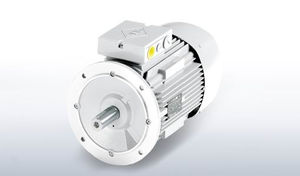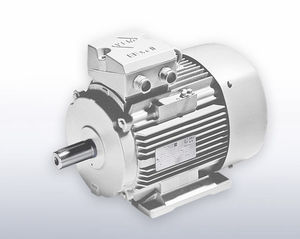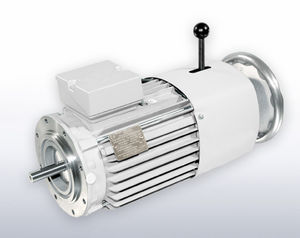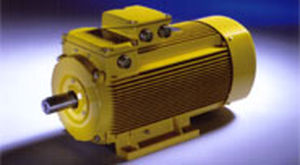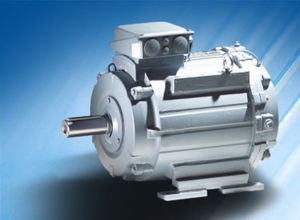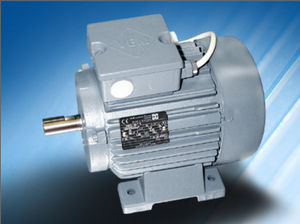
AC motor ARB 22 – 65three-phasesynchronousIP55


Add to favorites
Compare this product
Characteristics
- AC/DC
- AC, three-phase
- Type
- synchronous
- Protection class
- IP55, IP65
- Configuration
- squirrel cage
- Applications
- for roller mills
- Other characteristics
- low-voltage
- Power
Min.: 0.4 kW
(0.544 hp)Max.: 290 kW
(394.29 hp)- Rotational speed
500 rpm, 600 rpm, 750 rpm, 1,000 rpm, 1,500 rpm
(3,141.59 rad.min-1, 3,769.91 rad.min-1, 4,712.39 rad.min-1, 6,283.19 rad.min-1, 9,424.78 rad.min-1)
Description
Motors for power operated roller tables are special drive elements for the rolling mill industry. Especially during operational or conveying cycles, these are subjected to especially severe electrical and mechanical requirements.
This is due to different modes of operation and loading conditions with their variants of continuous operation, intermittent mode or short-time duty as well as starting, braking or reversing cycles.
Motors of the conventional type series ARB 22 - 65 for power operated roller tables made by VEM have proven their functionality and reliability even under extreme ambient conditions for several decades. Based on the experience, VEM has developed several variants of motors for power operated roller tables geared to the conditions of the latest drive technology in frequency converter operation. The windings of these motors are especially adapted to the use with converters. As opposed to the conventional design of roller tables with a soft torque characteristic and long blocking times, motors for power operated roller tables for converter operation rather have a hard torque characteristic such as it is typical of double squirrel-cage motors. This is designed to provide good synchronous operation in group drives during varying loads. This in turn is a condition for good rolling quality.
Catalogs
Roller table motors
4 Pages
Related Searches
- Electromotor
- Vehicle motor
- Direct current motor
- AC motor
- Synchronous motor
- Induction motor
- Multipole motor
- 3-phase motor
- Motor for industrial applications
- BLDC motor
- 4-pole electromotor
- IP55 motor
- 2-pole motor
- High-efficiency electromotor
- Permanent magnet motor
- Protection level motor
- Compact electromotor
- Pump motor
- 6-pole motor
- IP54 motor
*Prices are pre-tax. They exclude delivery charges and customs duties and do not include additional charges for installation or activation options. Prices are indicative only and may vary by country, with changes to the cost of raw materials and exchange rates.



